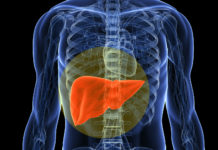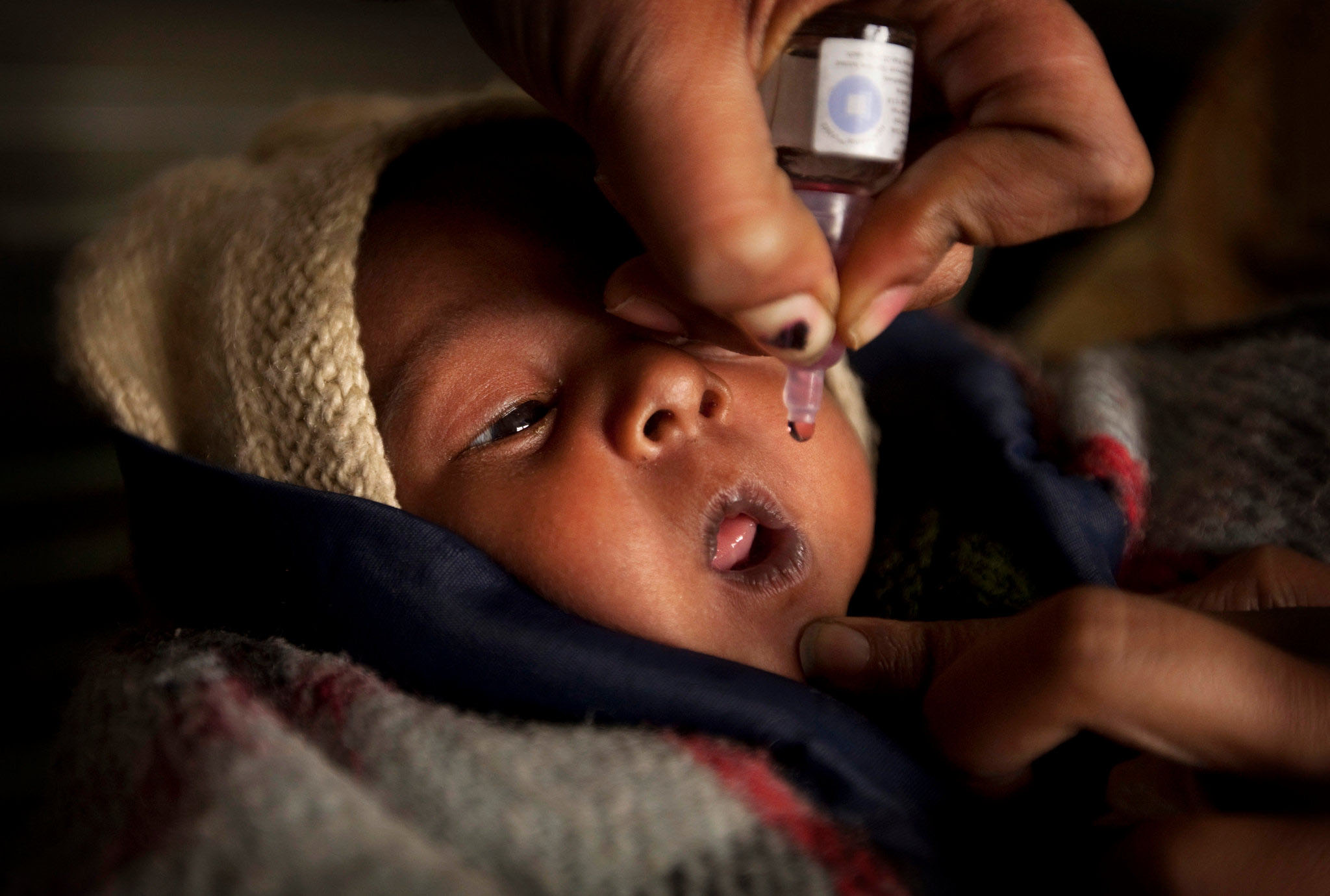
Health cover plan is important but in the battle against non-communicable diseases, prevention may hold the key for India’s huge rural population with scant access to tertiary care
In the noise over whether the National Health Protection Scheme is financially feasible or not, another Budget announcement for health – for a preventive care plan for health and wellness centres – has been drowned. But as India battles a battery of non communicable diseases (NCDs) including cardiovascular diseases and cancer, the screening component of the preventive plan may in the long run prove to be of more far reaching consequences.
Late detection, lack of adequate tertiary care centres in the districts, lack of awareness, lack of trained doctors in rural areas that leaves patients at the mercy of quacks or blind faith in practitioners of Indian medicine often delays treatment of cancer patients
As the world reaffirms its commitment to fight cancers on World Cancer Day – and India succumbs to political compulsions in pushing to the back burner the recommendation of its highest technical body on vaccines for introduction of a cervical cancer vaccine – a look once again at the high disease burden in India and how the outcome here is far worse than globally.
Every year slightly more than 1 million new cases of cancer are diagnosed in the Indian population of 1. 2 billion. In age-adjusted terms this represents a combined male and female incidence of about a quarter of that recorded in western Europe. However, an estimated 600 000–700 000 deaths in India were caused by cancer in 2012. Prognosis often is far worse in Indian cancer patients. According to a recently published Lancet study, for women diagnosed with breast cancer in the USA and Australia between 2010 and 2014, 5-year survival is 90%, compared to 66% for women diagnosed in India. The study found that the five-year net survival from colon cancer was 40–49% in Argentina, Bulgaria, Chile, Colombia, Latvia, and Russia, and it was less than 40% in India, Indonesia, and Mongolia. Survival from rectal cancer is very low in India (29%).
Late detection, lack of adequate tertiary care centres in the districts, lack of awareness, lack of trained doctors in rural areas that leaves patients at the mercy of quacks or blind faith in practitioners of Indian medicine often delays treatment of cancer patients affecting the outcome. Even in urban areas poor penetration of health insurance – less than 5% – and the high treatment costs mean many people even after being detected with the disease and despite being within reachable distance of treatment facilities, lose out when it comes to actual treatment.
That is why a consolidated screening programme for three types of cancers – oral, breast and cervix – which incidentally also have a very high incidence in India – can go a long way in fighting cancer at a population level. The Rs 1200 crore preventive care programme announced in the Union Budget envisages comprehensive screening, initially in 100 districts, to be scaled up to all Indians in some time. Every person will be screened for diabetes, hypertension and these three types of cancers at the age of 30 years.
Provided, that is, the outcome of this announcement is different from the screening plan announced in 2010 under the National Program for Prevention and Control of Cancer, Diabetes, CVD and Stroke( NPCDCS).













